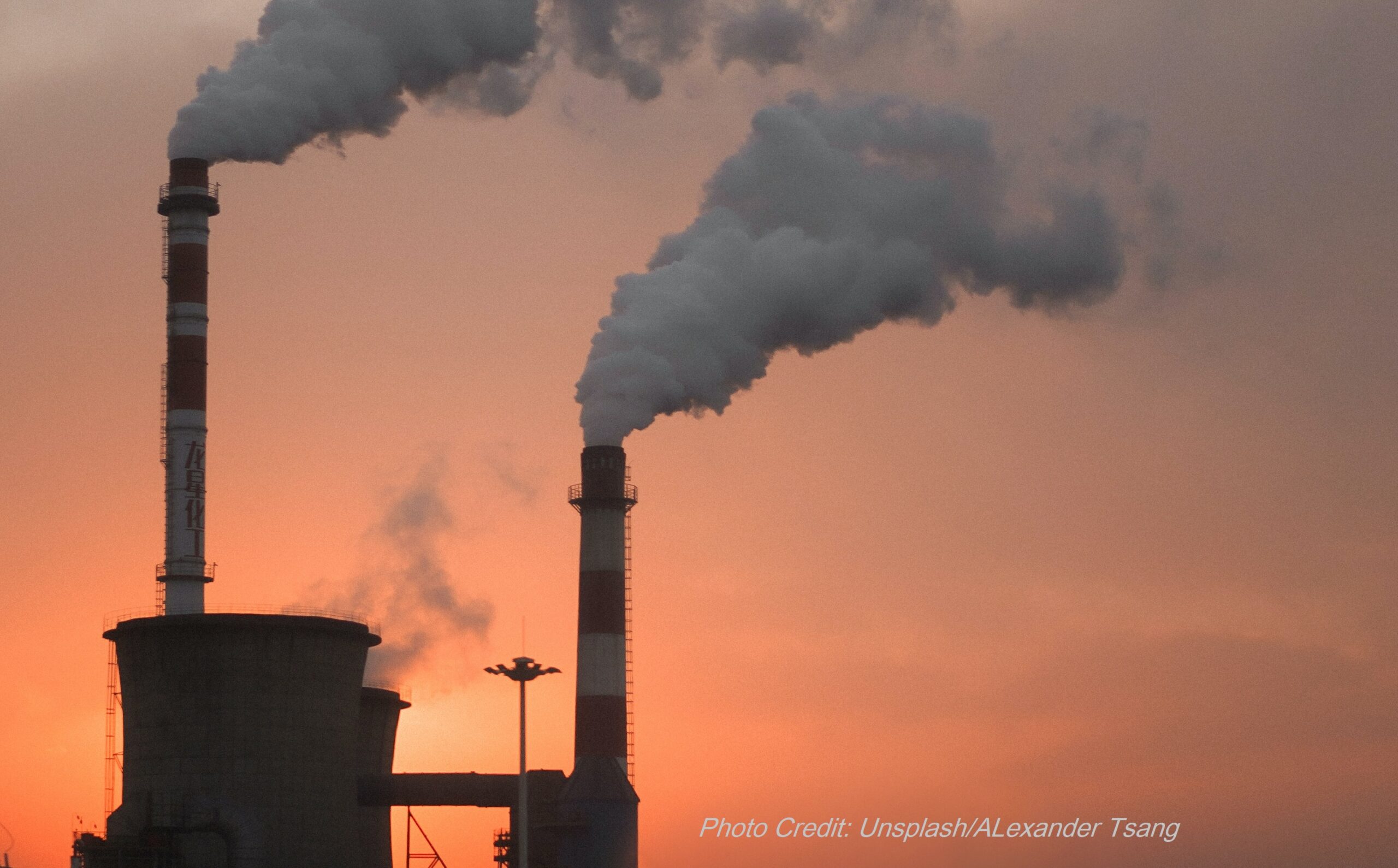Environmental Health Perspectives has a new article about the toxic contents of e-cigarette “smoke.” This is not just a concern for vapers, but also for people who breathe in the fumes. Air pollution can come from many sources, and indoor air quality can affect our health just as much as air pollution from outside.
One research project found as much nicotine in the air of a high school and a middle school bathroom as in the homes of heavy smokers. Non-vapers had no choice but to breathe in the vaping fumes if they needed to use the bathrooms.
Other studies have found nickel and chromium, which come from the heating coil, the wires or soldering, or the body of the device. New heating coils release more metals than older ones. E-cigarettes are too new for long term effects to have been seen or studied, but remember that nickel and hexavalent chromium are known carcinogens.
The solvents in the e-liquid can also affect health. Vaping liquid is a mixture of propylene glycol and vegetable glycerol, it can be all of one, all of the other, or a mixture. Both of these turn into formaldehyde, acrolein, and acetaldehyde when heated. Both formaldehyde and acetaldehyde are known carcinogens, acrolein may also be a carcinogen. All 3 also have other toxic effects on lungs and airways.
Some of the flavorings also damage lung cells, including cinnamaldehyde (cinnamon flavors), ethyl vanillin (vanilla flavors), and benzaldehyde (almond and cherry flavors).
Bystanders exposed to second-hand vaping clouds (visible or not) are also at risk of being exposed to all of the chemicals: nicotine, metals, and chemicals from the e-liquid and flavorings. Researchers are studying secondhand exposure to vaping right now.
Because e-cigarettes have only been on the market since 2006, there hasn’t been enough time to study long-term exposures. But we do know that the chemicals in e-cigarette fumes have been shown to damage lungs and health when people are exposed to the chemicals in other ways.
In the midst of a viral pandemic that has been shown to be made worse by outdoor air pollution, please be careful about chemicals that you put in your lungs when you’re indoors. And remember that bystanders often have no choice about being exposed to second hand vaping clouds.
To get more details about all the chemicals and research in e-cigarette fumes, please read the article in Environmental Health Perspectives.
If you need help quitting, talk to your health care provider. Several national health or medical organizations have programs to help you quit, and many state health departments do too.





